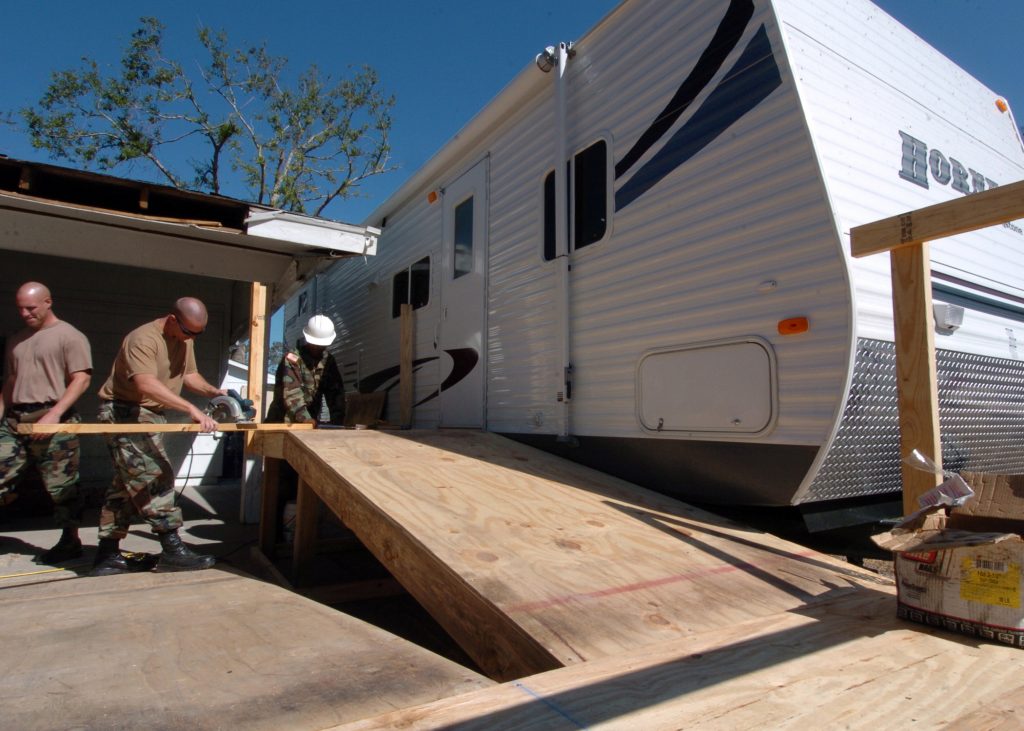Skateboards and bikes are forms of amusement and can become quite a hobby as well. Professionals even perform stunts using them. Conquering the challenge of riding and performing stunts can be quite satisfying. Of course, before you can perform as well as the pros, you must first learn how to build a ramp.
Required Materials
You’ll need the following to build your first ramp. You will need saws, wood screws hammers, and drawing materials. Bikes, roller skates, and skateboards are needed for testing the ramp. Don’t forget the safety equipment such as skateboard helmets and pads. Try to remember the different ramps you have tried before. Think of which one you would like and want to enhance for your own ramp.
Design Preliminaries
Now, imagine what kind of ramp you want to build. Sketch it in paper and decide how high it should be or the type of transition you want to conform to. Tie a string to a pencil if you want to visualize how much of a transition you will get. This will help you estimate how much transition your ramp will get. An eight-foot string is a fitting length. However, it depends upon you how much transition you want. A longer string means less transition and shorter string means more transition.
Keep the string tight so that it extends well beyond the plywood. The end or the tip of the pencil should be on the corner of the plywood. Have the string straight on the short edge of the plywood. Set the string at the end, keeping it tight as you draw the pencil along the plywood. That determines if you’ve got the right transition you want for your jump ramp.
Actual Steps on How to Build a Ramp
After designing, cut the designed transition with a saw. You just form one side of the planned transition. Trace this piece into another plywood and cut it too. You should have two similar curves for your transition. By using two-by-fours, you can support the transitions together on each corner and on each curve. It will serve as support on the surface of the ramp. Secure it by hammering nails from outside in.
For more an added challenge to your ramp, use a flat, thin piece of metal to smoothen the base of your jump ramp. And on the surface, fasten an adaptable piece of plywood. Examine the stability of your ramp with your weight before attempting to play on it. The stronger your ramp is, the longer it will last.
The steps on how to build a ramp requires some handiwork and time. Getting the ramp done, however, is quite a satisfaction. A great ramp simply adds to our eagerness to perform and makes us practice with more intensity.



